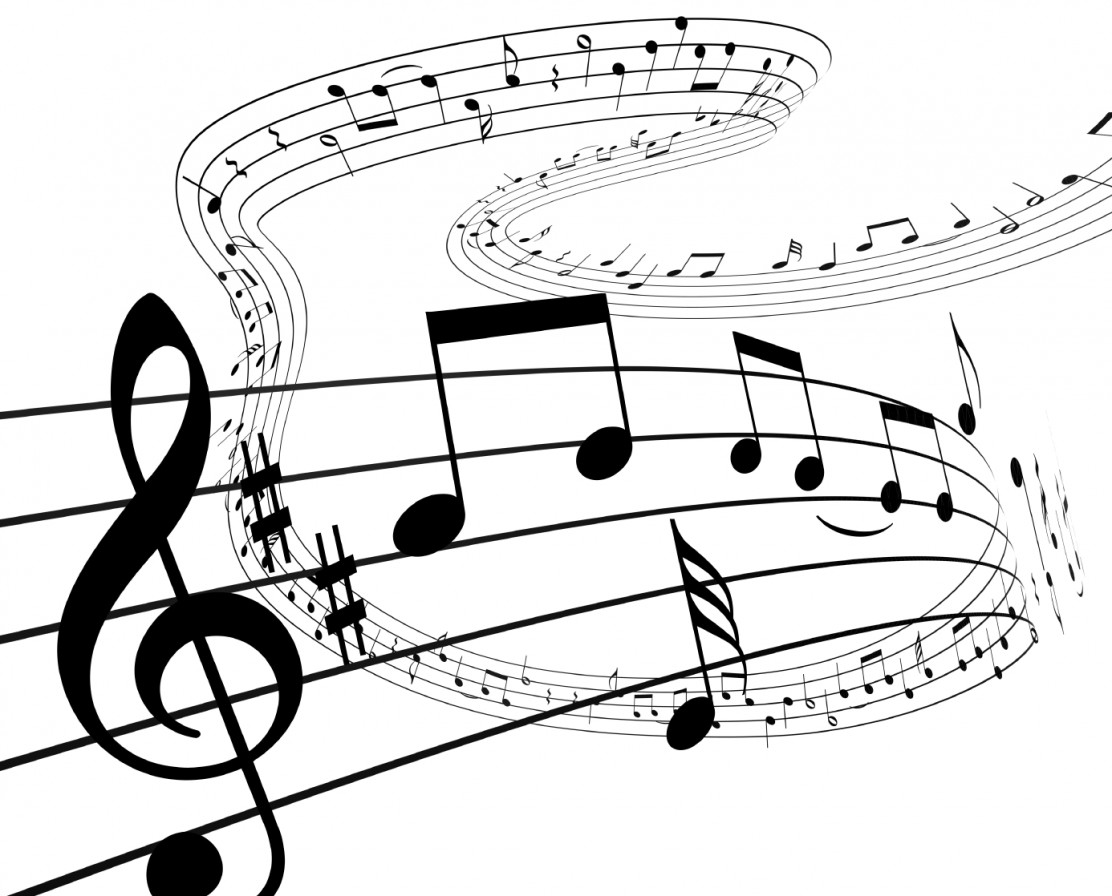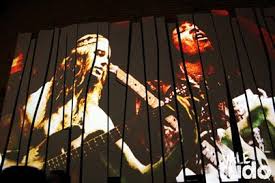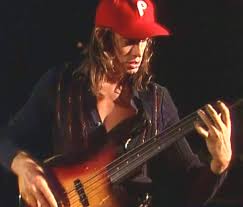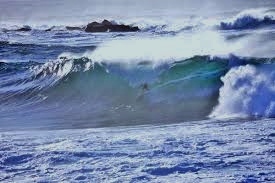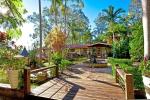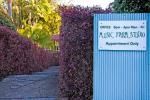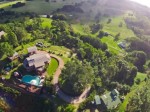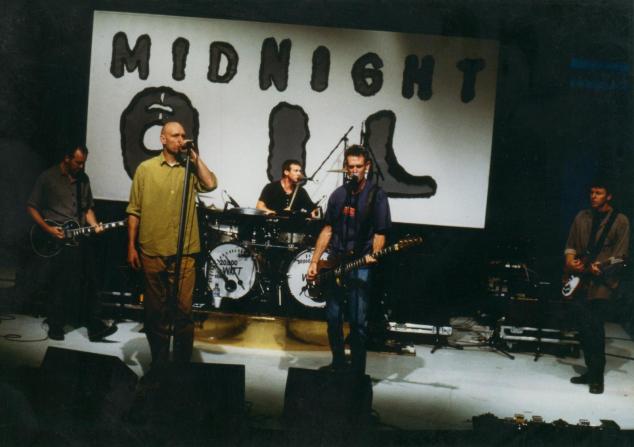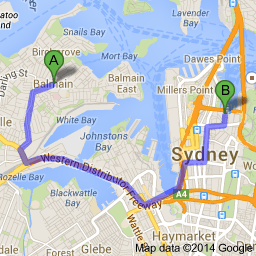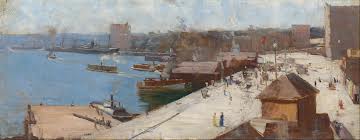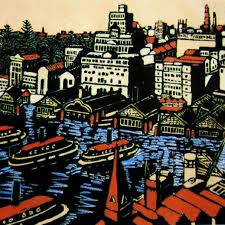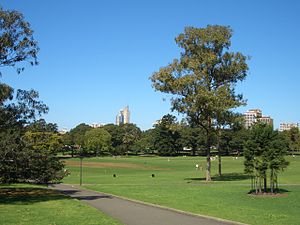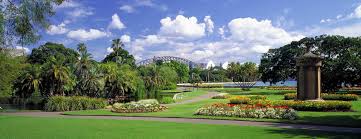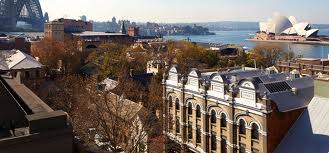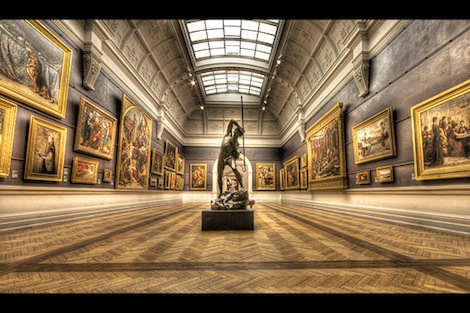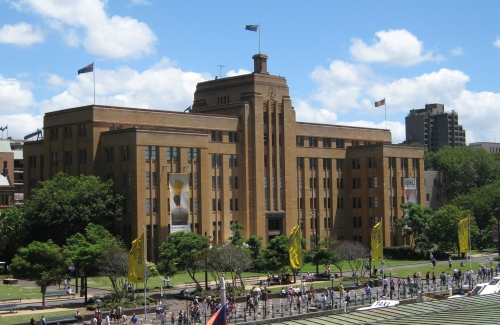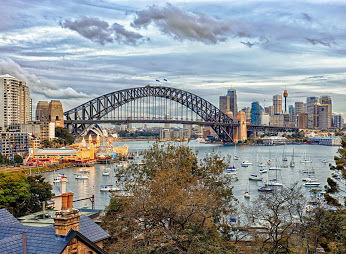Cross post:
http://notesonbeing.com/2014/04/27/20-epic-photos-of-earth-from-space-taken-from-the-iss/
On the topic of cover songs (Seether – “Careless Whisper”), Weather Report’s “Third Stone from the Sun”, imaginatively re-interprets the original, though it’s still jazz rock fusion. Hendrix’ mainly instrumental piece (it has some dialogue in place of lyrics) has often been cited as an early example of fusion. The song was released in 1967 on the album “Are You Experienced?” It’s a trippy perspective on Earth from an extra-terrestrial spaceship, with spacy reverberations. Virtuoso fretless bass player Jaco Pastorius, as always, dominates Weather Report’s version, soloing Hendrix’ lead on bass, employing improvisation, effects, slap percussion and inventively utilised harmonics. These were alien applications of the instrument in the day. The result is a uniquely creative expression of Hendrix’ most enigmatic recorded composition. Jaco does it his way and the audience is left in awe.
Weather Report, co-led by the Austrian-born keyboard player Joe Zawinul and the American saxophonist Wayne Shorter were extraordinary musicians, leading artists of the jazz fusion genre in the day. Joni Mitchell often hired the entire group (excluding Zawinul) for her studio albums, drummer Don Alias and Pastorius featuring on the 1980 double live album “Shadows and Light”, alongside lead guitarist Pat Metheny, keyboardist Lyle Mays and saxophonist Michael Brecker – a dream line-up. (Mitchell’s collaboration with Pastorius was dazzlingly inspired. Give the album a listen; unlike “Hejira” and “Mingus” Jaco performs on every track and it’s a striking auditory experience.)
Jaco Pastorius was exceptional among even these luminaries, hugely influential as he revolutionised the role of the bass guitar in the late 1970s and the 1980s. He notably used a floating thumb technique on the right hand, anchoring on the bridge pickup while playing on the E and A strings and muting the E string with his thumb while playing on higher strings, accomplishing distinctive syncopated ghost notes (a more rhythmic than melodic or harmonic musical value, thereby adding momentum and drive to a bass line). According to Wikipedia, (Jaco was known for) “highly technical, Latin-influenced 16th-note funk, lyrical soloing on fretless bass and innovative use of harmonics. He was inducted into the Down Beat Jazz Hall of Fame in 1988, one of only seven bassists so honoured (and the only electric bass guitarist)”.
There have been extraordinary bassists in non-classical music – Victor Wooten, Les Claypool, Flea, Pete Entwhistle, and the prodigy Cliff Burton come easily to mind as top of their field. Yet to this day, no-one has played bass harmonics to greater effect, nor been as significant in the progression of these techniques than Jaco. He was murdered in 1987, at the age of 35, by a nightclub bouncer. It was a tragic end for a man who, while battling bi-polar disorder, lived for playing that instrument and expanding its possibilities. Robert Trujillo, Metallica’s bass player since 2000, cites Pastorius as an influence. Robert is custodian of the Bass of Doom, Jaco’s defretted 1962 Fender jazz bass. It’s been restored and Robert has been spotted playing it with Metallica.
Along with the YouTube link to Weather Report’s “Third Stone from the Sun” clip (#1); #2 is a compilation from 10 major rock magazines of the thirty best bass players in history; #3 is Rolling Stone magazine’s list, narrowed down to the top 10, with the addition by the poster of Iron Maiden’s Steve Ferris. These lists are always contentious of course, but I find them compelling anyway. Are you a fan of the bass guitar? Do you agree with either of these lists? Disagree? Who is your favourite bass player?
1. Weather Report – Third Stone from the Sun, with Jaco Pastorius.
2. 30 Best Bass Players in History (compilation from 10 major rock magazines)
3. Top 10 Best Bass Players (Rolling Stone list + 1)
